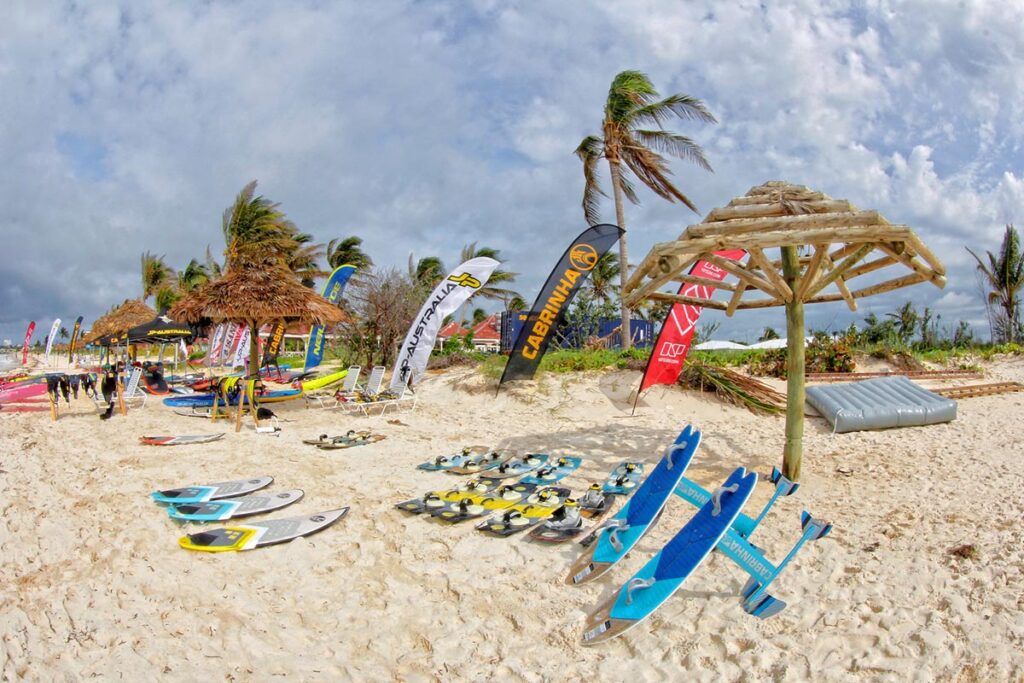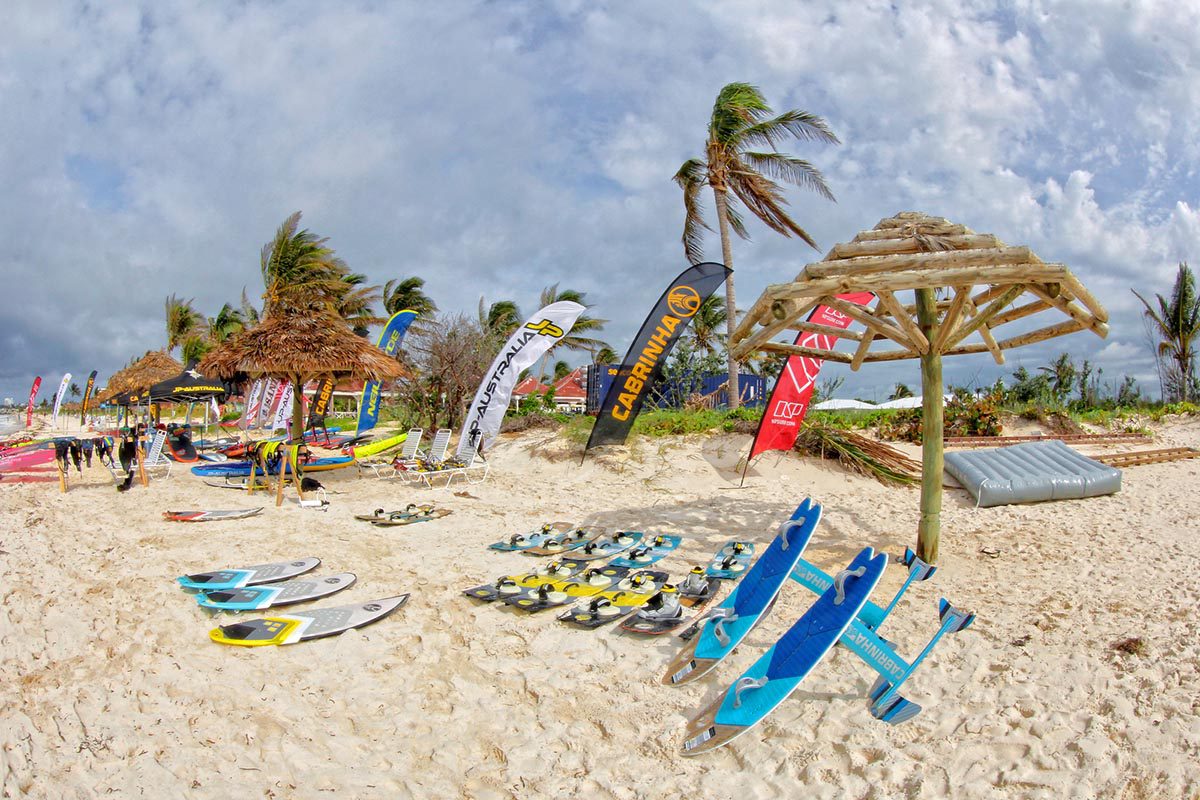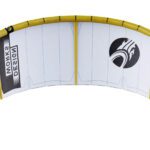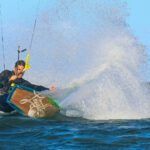
How to Set Up a Kiteboard (twin-tip): A Comprehensive Guide.
At our company, setting up your kiteboard correctly is crucial to having an enjoyable and safe kitesurfing experience. In this comprehensive guide, we’ll walk you through the steps to set up your kiteboard, including the necessary equipment, and provide some tips and tricks to ensure a successful setup.
How to Set Up a Kiteboard (twin-tip): Equipment Needed.
Before you begin setting up your kiteboard, there are a few essential pieces of equipment that you’ll need:
- Kiteboard: Your twin-tip is the centerpiece of your kitesurfing setup, and choosing the right board for your needs is vital. There are various sizes and shapes available, so select a board appropriate for your skill level, body weight, and local wind conditions.
- Kite: Your kite provides the power to propel you across the water, and choosing the right kite for your skill level and local wind conditions is essential. Make sure to select a kite that’s appropriate for your body weight and experience level.
- Kite Control System: Your kite control system includes the lines, bar, and safety release mechanism that allow you to control your kite. Choose a control system appropriate for your kite and skill level.
- Harness: Your harness connects you to your kite control system and supports your back and core muscles. Make sure to choose a saddle that’s comfortable and fits securely.
Setting Up Your Twin-Tip.
Step 1: Choose Your Location.
Before setting up your kiteboard, choose a safe location to launch and land your kite. Look for a spot with plenty of open space, minimal obstacles, and a consistent wind direction.
Step 2: Assemble Your Kite.
Once you’ve chosen your location, it’s time to assemble your kite. Lay your kite out on the ground and attach the lines to the control bar, making sure to connect them correctly. Once the lines are attached, inflate your kite using a pump or electric inflator.
Step 3: Attach Your Control System.
Once your kite is inflated, it’s time to attach your control system. Connect the control bar to the kite’s bridle lines, ensuring that the lines are untangled and not twisted.
Step 4: Set Up Your Board.
While your kite rests on the ground, it’s time to set up your board. Attach the foot straps or pads to the board, ensuring they’re adjusted to fit your feet securely. Then, attach the fins to the bottom of the board, ensuring they’re facing the correct direction.
Step 5: Launch Your Kite.
With your board ready to go, launching your kite is time. Ensure you’re standing in an open area with no obstacles. Begin by launching the kite from the edge of the wind window, and as it gains power, start walking back towards the water.
Step 6: Get on Your Board
Once your kite is in the air and pulling you across the water, it’s time to get on your board. Place your feet in the foot straps or pads, and keep your knees bent and your weight centered over the board. Use the control bar to steer your kite and control your speed.
Tips and Tricks
- Practice launching and landing your kite before heading out into the water.
- Always wear appropriate safety gear, including a helmet, impact vest, and a wetsuit.
- Choose a kiteboard for your skill level, body weight, and local wind conditions.
- Keep your kite control system within reach, and practice activating the safety release mechanism.
- Check the wind conditions before heading out, and adjust your kite size and board accordingly.
- Use a wind meter to measure the wind speed and direction, and choose a launch spot that’s upwind of any obstacles.
- Practice flying your kite in the water, and make sure you can comfortably relaunch your kite from the water.
- Be aware of other kiteboarders and watercraft in the area, and give them plenty of space.
- Always stay within your skill level and comfort zone, and never take unnecessary risks.
Conclusion.
Setting up your kiteboard correctly is crucial to having a fun and safe kitesurfing experience. Following these steps and tips ensures that your kiteboarding setup is optimized for your skill level, local wind conditions, and personal preferences. Always prioritize safety, and never hesitate to seek advice or assistance from a qualified kiteboarding instructor or expert.
Author
Latest entries
 WatersportsSeptember 16, 2024Cabrinha Moto X: Enjoy the Ride
WatersportsSeptember 16, 2024Cabrinha Moto X: Enjoy the Ride WatersportsMay 19, 2024Cabrinha 2024 Moto XL Review: The Ultimate Lightwind Kite
WatersportsMay 19, 2024Cabrinha 2024 Moto XL Review: The Ultimate Lightwind Kite WatersportsDecember 16, 2023Kiteboarding Travel
WatersportsDecember 16, 2023Kiteboarding Travel WatersportsDecember 14, 2023RED BULL KING OF THE AIR 2023
WatersportsDecember 14, 2023RED BULL KING OF THE AIR 2023




